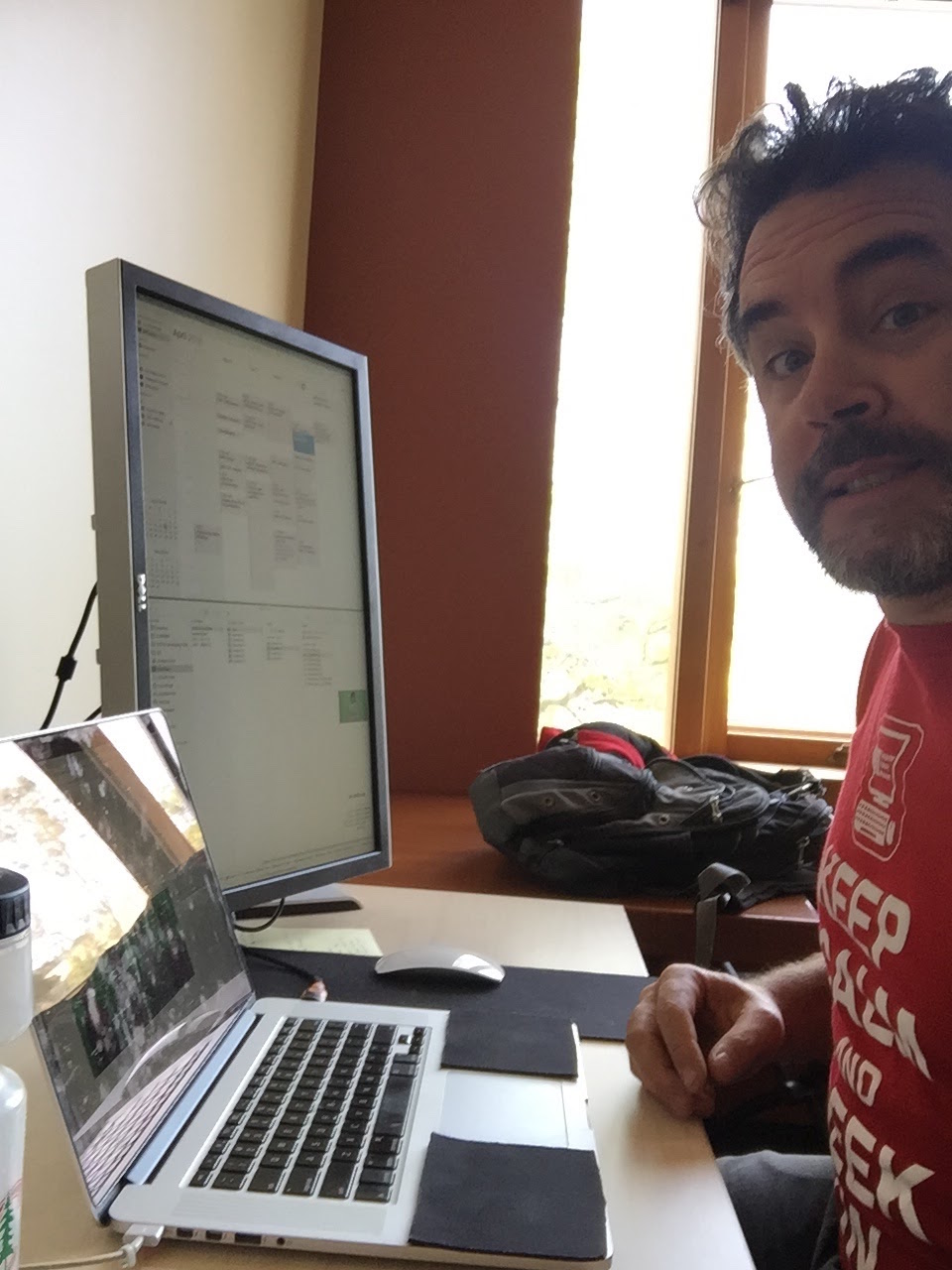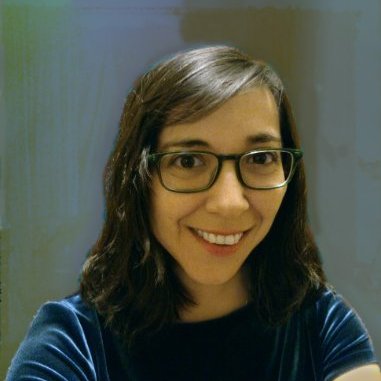Check-in 3
Integration: Start to think about how this internship integrates with your overall learning experience this quarter. Where did your courses inform your internship? Where did your internship inform your class experiences?
Response
My internship has been a culmination of all of most of my LDT courses since I am seeing firsthand what it means to create a full online course at VPTL. Even though most of the work I have been assigned is more towards the labor intensive side of things, as opposed to the intellectual creation of the material, being in touch with all the content and seeing what the process looks like in terms of precise phrasing, types of assessments, and the choice of media has enlightened me significantly.
I think that one of the key takeaways from the internship so far is that my initial intuition that creating an online learning experience is quite challenging and a large task, not only in terms of creating content, but organizing it, keeping it up to date, revising, and updating it. Another great takeaway is that video is not always the best medium – it is used sparingly in the course I’ve seen so far. Video is completely linear and thus time consuming to find specific content after having watched it. Text is simply faster to go over, to find specific items, and to recall.
Internship Reflection
Write 3-4 pages covering the following topics.
Description: Briefly describe the organization, its mission, and your role there. What was your contribution?
Reflection: Consider the entire quarter’s internship experience. What have you learned in terms of new skills and knowledge areas through your work? How have you grown as an individual?
Integration: Consider the entire quarter’s courses and discussions. What ideas and lessons from your courses can be applied to your internship? What lessons from your internship can provide further insights to your courses? Where do these agree? Where are they in conflict?
Next Steps: If you plan to remain with this organization the next quarter, what could be improved to further enrich your experience? If you plan to engage with a new organization, what qualities will you look for in your next internship?
Response
Description:
My internship this quarter was at Stanford’s Vice Provost for Teaching and Learning (VPTL). It “promotes and advances the vibrant, intellectual endeavor of teaching and learning at Stanford.” In other words, it takes care of all the infrastructure and software needed for teaching and learning at Stanford with items ranging from the projectors, computers, and white boards in a classroom, to the online platforms students use such as Canvas for example. The department I was working in is called the Digital Learning Strategy (DLS) Group, which “collaborates with faculty throughout Stanford’s schools and research centers to spur innovation in the development of new and effective digital learning content and activities.”
Within the DLS group, I worked directly with one of their instructional designers working on a course aimed at Stanford professors who want to create an online course. My role was to update content on the OpenEdX platform that was originally created in Google Docs format, create some occasional pieces of content, and to create an onboarding document for the future interns. This was an ongoing activity that turned out to be a course for a new intern – a course they must take when starting to work there.
Reflection:
The internship experience taught me about how much time, effort, and cognitive load is necessary to produce an online course. I had my suspicions before hand, but the internship validated them. The process involves several face-to-face meetings and endless revisions, commenting, proof-reading, and fine tuning of word documents, videos, assessments, and other pedagogical materials.
I believe that the most interesting thing I’ve learned is that video, the “base” of most online courses, is not actually always the best medium to deliver content. Reading is often faster and efficient to do so, not to mention that you can search it, copy and paste it, and simply glance over it to recall the general concept of it. Video does have it’s power in engaging the audience, adding emphasis and emotion to the content, and being apparently easier to do than read.
Integration:
This quarter I took Engineering Education and Online Learning with Candace Thille and we used a lot of the content of the online course I am working on at VPTL – Designing Online Learning Experiences at Stanford (DOLES). The course is based on the Creating Effective Online and Blended Courses, course, created by the Open Learning Initiative, founded by Candace Thille. So there was a direct link to the content, and I could see how the theory was applied in the design of the course itself. Even though I was not actually creating content for the course, I could observe the thought processes that went into it through the comments and edits done to the source material on Google Docs.
One big part of the internship was also dealing with licensing and copyright requirements to publish a course online. Every image, graphic, sound bite, simulation, and code must be accompanied by a full description of where it came from, under what license it is being utilized, and authorizations for it to be used in that particular context. It was a side of the instructional design process that I had not given the appropriate weight for previously. This is a topic that maybe could have been mentioned more explicitly in our courses at LDT.
In general I felt that there was a good integration between my internship and the course load at LDT as far as the context I was in goes. In terms of practical application of what I learned, there was little integration. Understandably I was not given any authoring tasks where I was to create content for the course. I was given mechanical tasks that had to be completed such as verifying if the content on OpenEdX has been updated with the latest changes made on the Google Docs. On the other hand I was able to contribute significantly to improving the general workflow and organization of the documents required to build a course. My project management skills came into play and we restructured things like folder structures, naming conventions, versioning, and publishing procedures.
With this in mind I think that VPTL should create a course for LDT which involves content management, content organization, online course planning, and even content production. They have a very talented staff and amazing resources that we could potentially use during the course. It could be an online-lead blended course that actually started in an online environment and ‘gained’ a face-to-face component to it… we would be “reverse flipping” the course…
Next Steps:
For the Summer quarter I will continue at VPTL and we already have some extra projects for me to work on. Now that they have seen my work and that I will be dedicating longer hours to it, I am going to engage with some more meaningful tasks. The main project will still be the new release of the DOLES course, due in the end of September. There’s still a lot of content being produced over the summer and it will need to be uploaded onto OpenEdX.
In parallel, I am going to start to work on a course to inform people about Stanford Domains. Stanford offers students and professors a host of services to create websites, host web services, and other online tools for free yet no one knows about them and/or don’t know how to use them. I am also going to create a comparative report on the different LMS Stanford uses, work with the engineering team to create some new features for OpenEdX. Last but not least, it seems like I will be creating a course for using Canvas with my boss.
Should be a good summer 🙂
 Met with Alison to talk about helping
Met with Alison to talk about helping 





